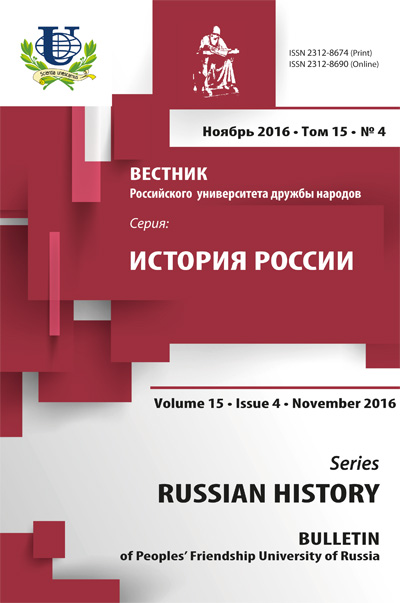Abstract
In this article the author analyses the content and implementation of the plans of Nazi Germany and its satellites towards the Northern Black Sea Coast during the pre-war period and the occupation period in the years of the Great Patriotic War (1940-1944). The Nazis designed the central part of this region for the primary colonization by German and European settlers, while the eastern part was planned for the economic exploitation. Romania also had plans for the Northern Black Sea. In 1918 this country occupied Bessarabia (in 1940 this region was retrieved to the Soviet Union). In the predatory plans of Romania this region was viewed in two perspectives - Bessarabia as the region considered by Romania as an integral part of the country, and Transnistria as an occupied territory, playing the role of a subject of territorial bargaining with Germany. During World War II Germany and Romania created their occupation zones in the Northern Black Sea. In addition, several other countries also had their plans for the Northern Black Sea. Some areas of this region were occupied by Italian troops. The Italian Consulate in Odessa implemented an active advocacy to prepare the ground for a possible transition of the region under the control of Italy. However, the defeat of the Italian army at Stalingrad nullified the possibility of this country’s participation in the redistribution of the Soviet lands. Bulgaria expressed some interest in the Northern Black Sea Coast too. However, although Germany was interested in involving Bulgaria in the war against the Soviet Union, this did not happen. The Turkish government unofficially informed the German government of its claims to the Crimea and other Soviet territories. The Turkish mission visited the occupied Soviet territory, including Crimea. However, after the defeat of Wehrmacht at Stalingrad, Turkey refused to enter the war on Germany’s side.















